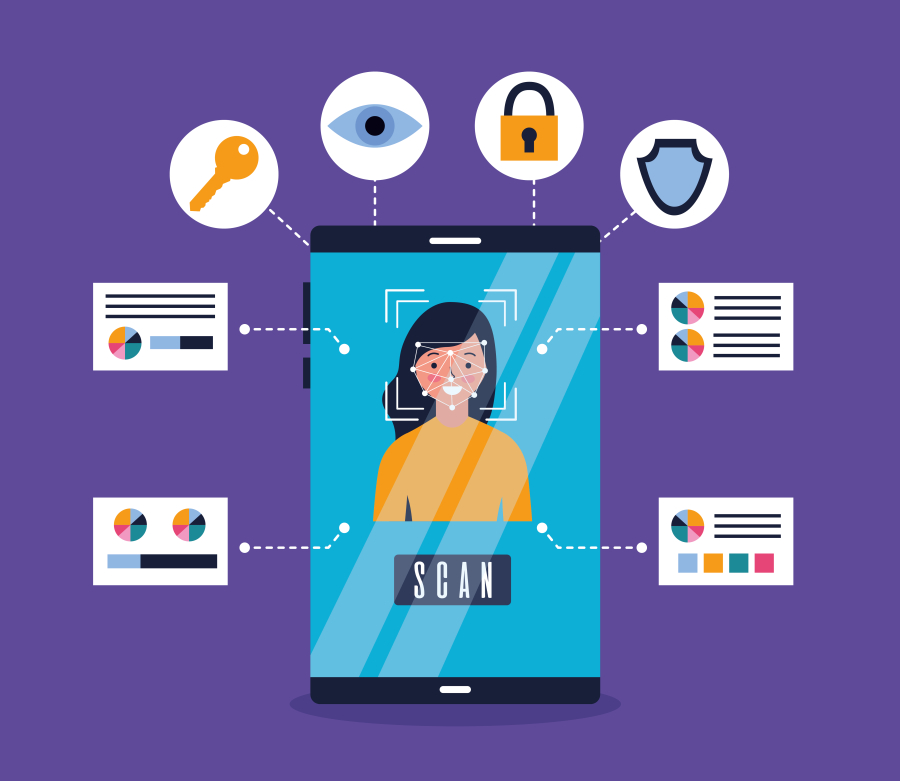Object-Oriented vs Functional Programming Explained
In the fast-changing world of software development, choosing the right programming paradigm can significantly influence the quality, efficiency, and maintainability of your work. Two of the most popular approaches—Object-Oriented Programming (OOP) and Functional Programming (FP)—offer distinct ways of thinking about and structuring code. For freelancers working on diverse projects, from building scalable web applications to creating high-performance financial systems, understanding these paradigms is crucial.
On freelancerbridge, where we guide independent professionals to enhance their technical expertise and business value, knowing how to compare and apply OOP and FP in real-world scenarios can help you stand out in competitive freelance markets. Whether you are developing an enterprise-grade accounting tool, a SaaS product, or custom APIs, mastering these paradigms enables you to select the right approach for each client and deliver optimal results.
Long Description
1. Understanding Object-Oriented Programming (OOP)
OOP is a programming paradigm where the software is organized around objects—entities that combine data (attributes) and behavior (methods).
Core idea: Model real-world concepts as software objects.
Popular languages: Java, C#, Python, PHP, Ruby.
Key concepts:
Encapsulation – Keeping data and methods that operate on that data together in one object.
Inheritance – Reusing and extending existing classes to avoid code duplication.
Polymorphism – Writing methods that can work with different object types.
Abstraction – Hiding implementation details and exposing only the necessary parts.
Advantages of OOP for freelancers:
Easy to manage large projects with multiple developers.
Code is modular, making it simpler to update and maintain.
Clients from enterprise sectors often prefer OOP for scalability.
Example scenario:
If you’re developing a multi-client accounting application, OOP lets you create different Client classes with specific properties and methods, ensuring clean separation and reusability.
2. Understanding Functional Programming (FP)
FP is a paradigm where computation is treated as the evaluation of mathematical functions without changing state or mutable data.
Core idea: Focus on functions and their composition rather than objects.
Popular languages: Haskell, Scala, F#, Clojure, and functional features in JavaScript and Python.
Key concepts:
Pure Functions – Functions with no side effects, returning the same output for the same input.
Immutability – Data cannot be modified once created.
First-Class Functions – Functions can be passed as arguments or returned from other functions.
Higher-Order Functions – Functions that operate on other functions.
Advantages of FP for freelancers:
Highly predictable and easier to test.
Encourages concise, expressive code.
Performs well in concurrent and parallel processing tasks.
Example scenario:
If you’re working on a real-time financial data processing tool, FP’s immutability and pure functions ensure data consistency and faster processing in concurrent environments.
3. Key Differences Between OOP and FP
Feature OOP FP
Primary Focus Objects and data structures Functions and transformations
State Management Mutable state within objects Immutable data
Reusability Inheritance and class hierarchies Function composition
Concurrency Requires careful synchronization Naturally suited due to immutability
Learning Curve Easy for beginners with real-world analogies Can be harder due to abstract concepts
4. When to Use OOP
OOP is ideal when:
Your project involves complex, hierarchical data models.
You need to maintain long-term, large-scale applications.
Your team or client prefers modular, object-based design.
Freelancer example:
A corporate finance system where different account types, transaction records, and user roles need structured representation.
5. When to Use FP
FP is ideal when:
You require high concurrency and data processing speed.
The project needs guaranteed data consistency.
You are working with large datasets in analytics, AI, or blockchain.
Freelancer example:
Processing multi-currency transaction streams for a global fintech client, ensuring no data corruption in parallel processes.
6. Combining OOP and FP in Freelance Projects
In modern development, most freelancers don’t need to choose only one paradigm—many programming languages allow mixing both styles.
Example: In Python, you can build object-oriented classes for structure while using functional tools like map, filter, and lambda for specific operations.
This hybrid approach is highly valued by clients because it offers flexibility and efficiency.
7. SEO & Business Benefits for Freelancers
Mastering both paradigms can help you:
Expand your service offerings – Attract both corporate and startup clients.
Increase your rates – Specialized knowledge commands higher fees.
Deliver scalable solutions – Build systems that can grow with your clients’ businesses.
Reduce maintenance costs – Clean, well-structured code means fewer bugs and less rework.
8. Practical Tips for Freelancers
Learn at least one OOP language and one FP language to stay versatile.
Practice hybrid coding to combine strengths of both paradigms.
Choose the right paradigm per project, considering client goals and technical constraints.
Document your approach to help clients understand your design decisions.
Keep learning—programming trends evolve, and being ahead increases your marketability.
9. Final Thoughts
For freelancers, understanding OOP and FP is not just a technical skill—it’s a competitive advantage. The ability to choose, combine, and adapt these paradigms according to client needs can set you apart in a saturated freelance marketplace. On freelancerbridge, our goal is to help you develop both the technical mastery and business acumen to thrive in your career.
By learning both paradigms deeply, you position yourself not as just another developer, but as a strategic partner capable of delivering the most efficient, maintainable, and future-proof solutions.


 by Emily
by Emily




